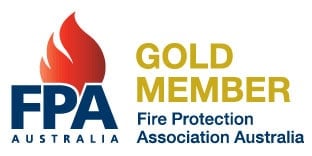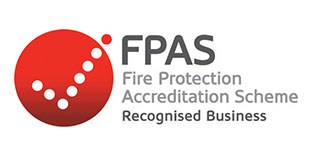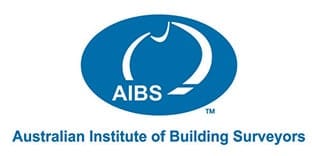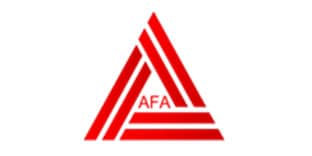Why is Fire Safety So Important?
In an Emergency Call Triple Zero (000)
Fire injury is not one of the top 5 workplace injuries, because of the nationwide implementation of effective fire safety strategies. However, that’s only the result of good planning. Without the proper fire protection equipment, death and injury from fire would be much higher. A successful fire safety strategy includes fire safety training, emergency procedure education and training, ongoing safe practice drills and fire safety equipment.
Quality fire protection equipment supplier companies such as Redmen can supply the full range of fire safety equipment that should be present in every business building or workplace. Below is a list of Essential Fire Safety Measures (fire safety equipment) required by law in New South Wales that you should be placing in your business if they are not already present.

Fire Extinguishers
There are 6 main types of fire extinguishers, which are to be used for different types of fire. All Australian companies must have the right type of fire extinguisher for the types of fires that can occur in their workplace. An extinguisher is the fire protection equipment that is most likely for an individual to have to deal with.
Air/Water Extinguishers (Red Label) – Economical and environmentally friendly, Air/Water Fire Extinguishers are highly portable, easy to maintain and they provide protection across all class A (Carbonaceous) fires such as paper, wood, cloth, rubber or plastic fires. These extinguishers have no EPA restrictions or Ozone depletion potential.
Dry Powder Extinguishers (Blue Label) – Available in a range of weight sizes, Dry Chemical Powder Fire Extinguishers are portable and effective on highly flammable fires, including live electrical equipment. Dry Powder Extinguishers comply with Australian Standard AS1841.5, are also effective on Class A (Carbonaceous), Class B (Flammable Liquid) and class E (Electrical) fires. Dry Chemical Extinguishers contain NO CFCs (chemicals which contribute to global warming) and are rechargeable on site.
Carbon Dioxide (CO2) Extinguishers (Black Label) – CO2 Fire Extinguishers are used for Class B (Flammable Liquid) and Class C (flammable gas) fires. They are filled with easily rechargeable, highly pressurised Carbon Dioxide gas and contain no CFCs.
Foam Extinguishers (Cream Label) – Foam Extinguishers are suitable for Class A (Carbonaceous) and class B (flammable liquid) fires, which makes them versatile. Rechargeable, easily maintained, low cost and portable, these extinguishers are a must have.
Wet Chemical Extinguishers (Yellow Label) – Wet Chemical Extinguishers are designed for use in kitchens and restaurants, where the major risk is from Class F fires (burning fats and oils). These are available in two sizes and are effective at leaving a sealing layer over the area, cooling the fire and fuel, preventing ignition.
Mobile Wheeled Extinguishers – Much larger than other types of fire extinguisher, Mobile Wheeled Extinguishers can weigh 90kg and are designed for use in areas where other firefighting equipment is unavailable. They are available with foam, powder, and carbon dioxide.
Please note: Fire can occur from a range of catalysts, such as paper, electrical or flammable liquid and each type of fire requires its own type of extinguishing equipment in accordance with Australian Standards AS2444 and AS3745. Failure to use the correct equipment or to use it in the incorrect way may exacerbate the fire and cause injury or even death. Only ever operate an extinguisher if safe to do so. If in doubt, get out.

Smoke Alarms/ Smoke Detectors
The first line in fire protection equipment is detection. Smoke alarms detect heat as well as smoke and do so as an early warning system in the event of a fire. When activated they send out a very loud beeping noise and they also flash, to alert those who are hard of hearing. Multiple alarms can be linked in large areas and should be placed in every room of a building, including hallways and at the top of stairs.
Smoke alarms are available in 2 types – photoelectric and ionisation. Photoelectric smoke alarms detect visible combustible particles (smoke) and are more responsive to slow starting fires, whereas Ionisation alarms detect invisible particles that come from combustion and are excellent for detecting fast moving fires. The safest strategy is to use both types of alarm in a property.
Smoke alarms are either battery or mains powered with battery backup (depending on the building construction and layout and specific regulations for the building).

Fire Hose Reels
Perfect for use on Class A fires, Fire Hose Reels are easily used by one person and have a continuous flow of water during deployment. Best used as a first point of attack, these fire safety measures are stored in fire hose reel cabinets and are effective at controlling a fire before it gets out of control, but should not be used on electrical, flammable liquid or cooking fat fires, as water can drastically increase the size and ferocity of these fires.

Fire Water Sprinklers
Fire Water Sprinklers provide highly effective fire suppression that doesn’t take up space or require a manual use or waste water. Automatic sprinkler (wet pipe) systems can conserve thousands of litres with each use and provide a huge range of coverage to extinguish most fires. These fire safety measures automatically detect fire, send out the alarm and deploy water to suppress the fire.
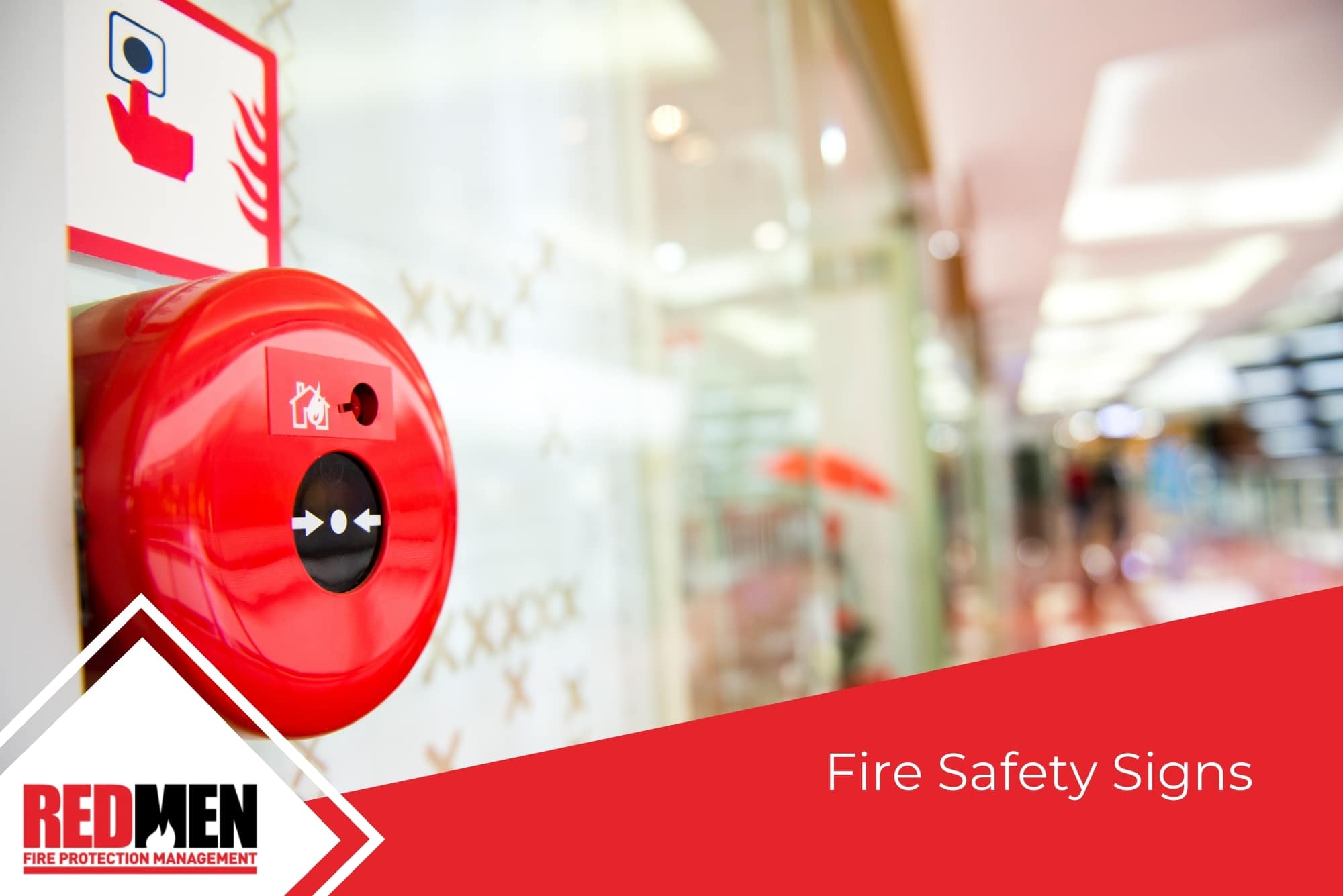
Fire Safety Signs
Fire safety signs are an immensely important part of fire safety. In the event of a fire, a clear sign can mean the difference between life and death, illustrating the way out or the location of the nearest fire safety equipment.
The correct type of fire safety equipment must be used in the correct way in a given fire situation and there are 2 ways to ensure this will happen: Staff training and signage. Clear, understandable labels for emergency fire protection equipment are valuable firefighting assets. Fire safety signs can be used to show:
- Fire safety equipment locations
- Fire safety equipment types and class of fire they can be used to extinguish
- Fire doors and exits
- Evacuation procedures or rally points
- Fire warden names
- First Aid locations
- Risk of harm notifications, such as electric shock or flammability
- Location of fire alarms
Printed on glossy, durable cards, these signs should be placed in a highly visible area of high traffic, right next to the fire safety measure they describe.

Fire Blankets
Fire Blankets can be used early in the event of a fire, in a small area, such as a kitchen fire, fire on clothing. They are very effective with Class B (flammable liquid) or Class F (cooking fats and oils) fires because they are made of two layers of glass fibre surrounding a layer of fire-resistant film that cuts off oxygen from a fire. They can only be used once so be sure to have your fire blankets replaced regularly after each use.
Redmen Provides Excellent, Compliant Fire Safety Equipment
In accordance with NSW law, Redmen is able to provide fire safety equipment in case of an emergency in your business. We are an experienced company with over 20 years’ experience supplying the fire protection equipment that considers all your safety needs and they meet the highest local and regional standards, using only certified products.
To find out more, to purchase fire safety equipment or to have your existing fire protection equipment serviced in order to comply with Australian regulations, visit Redmen at redmen.com.au, leave a message, or call their sales line on 1300 733 636. We have offices in Sydney and on the NSW Central Coast.

